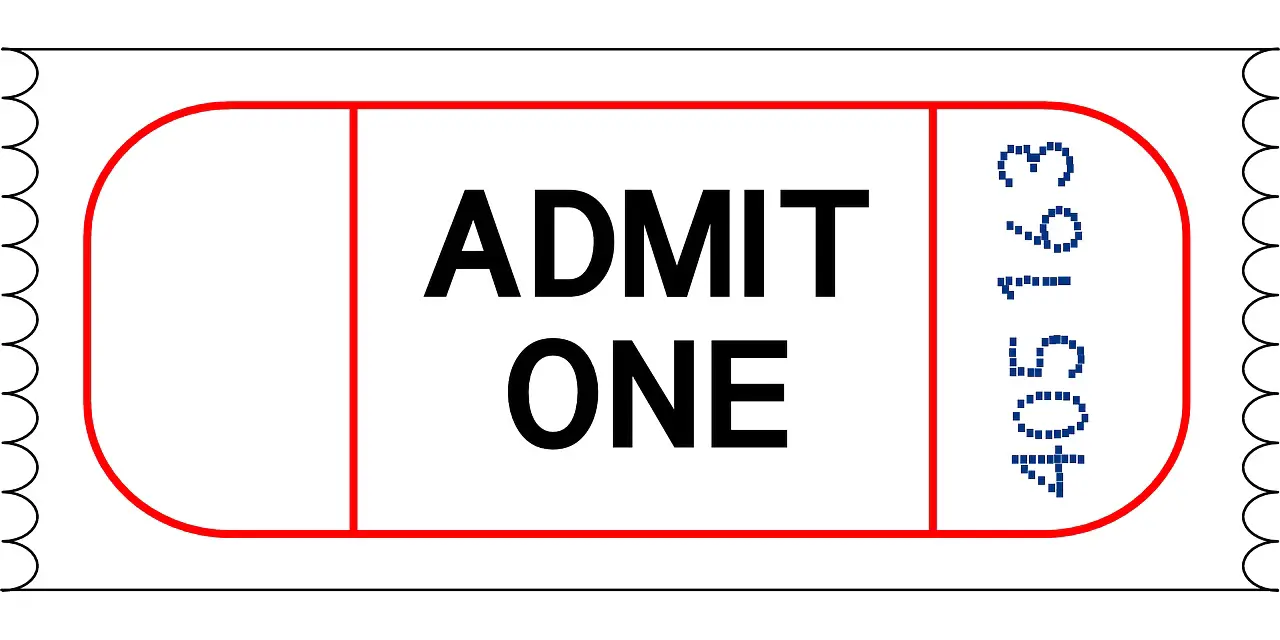
Covering physicians should always be available, especially in an urgent case. However, when you begin radiology practice, you will find that 24-hour physician availability is a pipe dream. Once in a while, I encounter situations when I cannot reach a physician, let alone a nurse. Fortunately, most of the time, if I wait a day or two to contact the physician, no harm will come to the patient.
But then, now and again, we read an urgent case that can potentially represent the difference between life and death. Perhaps, you find a spontaneous pneumothorax in a patient with mild chest pain. Or, maybe you see an impending aortic rupture in a patient with heartburn. Regardless, good medicine and the law dictate that we must communicate these urgent results rapidly so the patient can get appropriately treated.
So, what do you do when you cannot get in touch with a physician and have an urgent case? Do you yell down the hallway? Do you stomp your feet? Or do you send smoke signals via the hospital generator? You can do any of these fun activities if you want to. (Sure would release a lot of stress!) But, today, I will go into more effective ways of ensuring that the patient receives the appropriate care when you cannot reach the covering physician. To introduce this topic, I will give you a few real-world scenarios and instruct you on what my colleagues and I would have done.
Call The Patient Or Patient’s Caretaker Directly
These are the sorts of cases that tend to occur at the very end of the day. The last episode I remember happened when I looked at the previous outpatient case of the day at one of our imaging centers. I recall looking at the final abdominal CT scan at about 8:30 PM on a late shift and seeing oral contrast density framing several bowel loops on a CT scan. Then suddenly, the anticipation of going home shifted to dread. I knew I would be lucky if I could reach anyone to let them know this patient had a bowel perforation. And, right, I was…
As expected, I called the physician covering the patient multiple times. But to no avail. All I got back was a ringing telephone. What would you do next? Well, I did the most logical thing. , I called the patient’s house and reached the wife of the patient. I told them to get checked out at the local emergency department immediately.
Fortunately for the patient, everything turned out alright. But, if I had continued to call and wait for a physician to pick up, the patient could have died. Sometimes, you have to contact the patient directly!
Send A Certified Letter
Other times, you may make a significant finding but not quite as urgent. Maybe, you discovered cancer on a mammogram. Again, you try to reach the covering physician. But, it does not work out all too well. At this point, you still need to make sure you directly contact a covering physician or patient. Otherwise, you can be liable if the patient did not follow the appropriate treatment. But you also have another option if you can’t get in touch with the physician or patient. You can send a certified letter to the address on record.
Certified letters indicate that you have made a reasonable effort to reach the patient after the initial communication failed. At least, you can make sure you have performed your due diligence.
Call The Cops/Dial 911
In other situations, the consequences of not getting to the patient in time can be dire. Let’s say you detected a subarachnoid hemorrhage on an outpatient at 9 PM in an imaging facility, but the imaging center completed the case in the early afternoon. And, again, you cannot get through to the doctor or patient. One radical technique to overcome this issue is: Call the police and dial 911. Theoretically, if you suspect that the patient may be at risk of life or limb, the police have the authority to knock down the door and ensure that the patient receives appropriate care. Fortunately for me, I have never had to resort to this option. But I know of other radiologists who have.
Final Thoughts About Communicating An Urgent Case When The Doctor Is Not Available
Usually, when you have the will to get through to a covering physician or patient, there is a way. Sometimes, you need to take more extreme tactics into your own hands. Remember… It’s for quality patient care. So, don’t give up. Instead, make sure to follow through. Because otherwise, you risk not only the patient’s well-being but your career as well!















